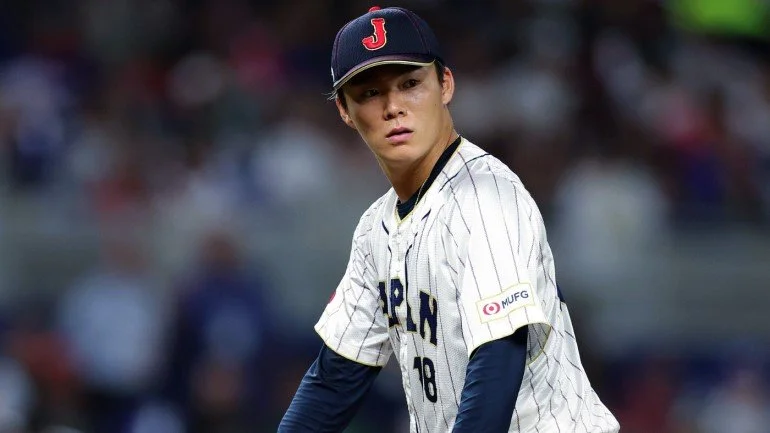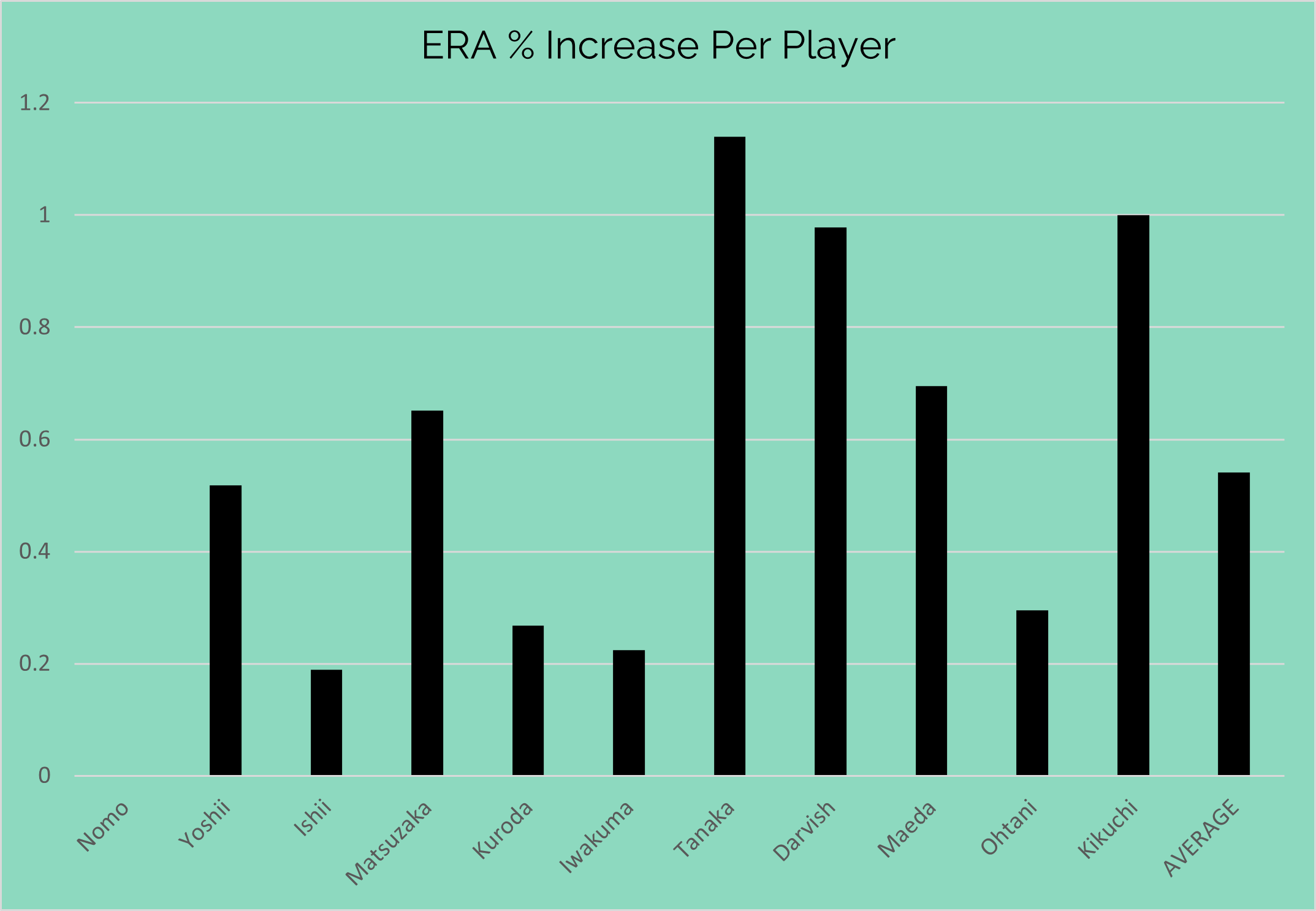Predicting How Yamamoto Will Perform in the MLB
Photo Credit: Getty Images
Yoshinobu Yamamoto is the top free agent starting pitcher this offseason, coming off three straight Sawamura Award seasons (top starting pitcher) and three straight Pacific League MVPs in Nippon Professional Baseball (NPB).
However, history shows that Japanese starting pitchers often struggle to replicate their performances upon transitioning to Major League Baseball (MLB). The MLB's typical five-day rotation allows for less recovery time between starts compared to the NPB's once-a-week rotation. In addition, there is a difference in the hitting approach between the MLB and the NPB, with the MLB favoring power hitting over contact. These discrepancies present a significant challenge for Japanese pitchers making the switch to the MLB.
In this analysis, I look into the eleven starters who have made the journey from the NPB to the MLB to attempt to answer how Yamamoto will perform in his new ballclub.
All pitchers considered have at least three seasons in each of the two leagues, with at least 20 starts per season. It’s important to note that the analysis does contain survivorship bias, as several Japanese pitchers who struggled in their transition did not accrue enough starts in the MLB to be considered in this assessment.
Figure 1: Percentage increase in starting pitcher ERA after moving from the NPB to the MLB, calculated using three season averages in each of NPB and MLB with a minimum of 20 starts per season
Among the eleven starting pitchers who transitioned from the NPB to the MLB, ten have witnessed a rise in their Earned Run Average (ERA), as evident from Figure 1. On average, these pitchers have encountered a substantial 54% surge in their ERA upon making the move to the Major Leagues. Hideo Nomo, the first to make the jump, stands out as the sole pitcher who managed to closely mirror his performance from the NPB in the MLB.
In fact, Japanese starters have experienced difficulty in replicating their elite form in nearly every major stat category after moving to the MLB, as stated in Table 1. The most notable jump is in homeruns allowed per nine innings pitched—a 118% increase.
Table 1: Percentage increase in ERA, IP, WHIP, H9, HR9, BB9, SO9, and SO/W for the eleven starting pitchers after moving from NPB to MLB, calculated using three season averages in each of NPB and MLB with a minimum of 20 starts per season
Let’s see how Yamamoto projects to perform in the MLB based on his eleven peers, stated in Table 2.
Table 2: Yamamoto’s 3-year NPB stats and MLB projections based on his eleven peers
Yamamoto is projected to be an elite starting pitcher in the MLB, with an expected 2.17 ERA over 168 IP. His WHIP is projected to remain just under 1 and he’s projected to strike out over one batter per inning pitched. Notably, even with a more than double homerun rate, Yamamoto’s is projected to give up around 10 homeruns, barely over 0.5 homeruns per nine innings pitched. In total, he’s projected to be worth 6.6 WAR.
Two of Yamamoto’s Japanese peers have NPB numbers that closely resemble those of Yamamoto - namely, Yu Darvish and Masahiro Tanaka. Now, let’s take the analysis a little bit further and project how Yamamoto will perform in the MLB based on his two most similar peers, with stats stated in Table 3.
Table 3: 3-year NPB stats comparisons between Darvish, Tanaka, and Yamamoto
Yamamoto has posted a lower ERA and WHIP than Darvish and Tanaka, but over fewer innings pitched. All three pitchers have similar elite homerun numbers and Tanaka’s SO/W ratio stands out the most.
Projections based off of the NPB to MLB transitions of Darvish and Tanaka, Yamamoto’s closest peers, indicate that Yamamoto is poised to become an MLB ace, with an expected 2.90 ERA over 156 innings pitched. His projected WHIP is 1.06, and despite Yamamoto’s homerun rate projected to nearly quadruple to approximately 0.9 homeruns per nine innings, it remains notably better than the league's average rate of 1.2 homeruns per nine innings. In this projection, he is estimated to be worth 4.9 WAR.
Yamamoto’s primary question mark will be durability; 156 innings pitched won’t even qualify him for the league ERA title.
Table 4: Yamamoto’s 3-year NPB stats and MLB projections based on his two most similar peers





